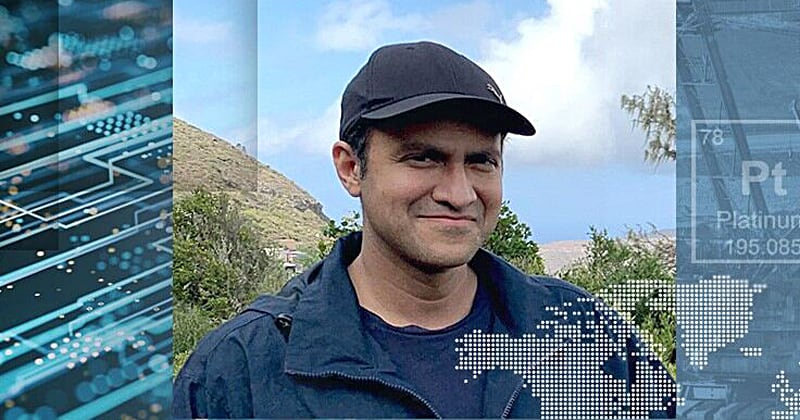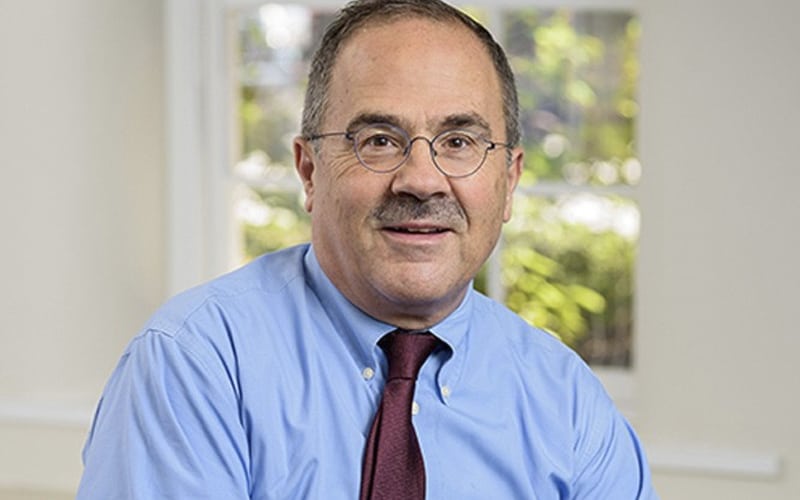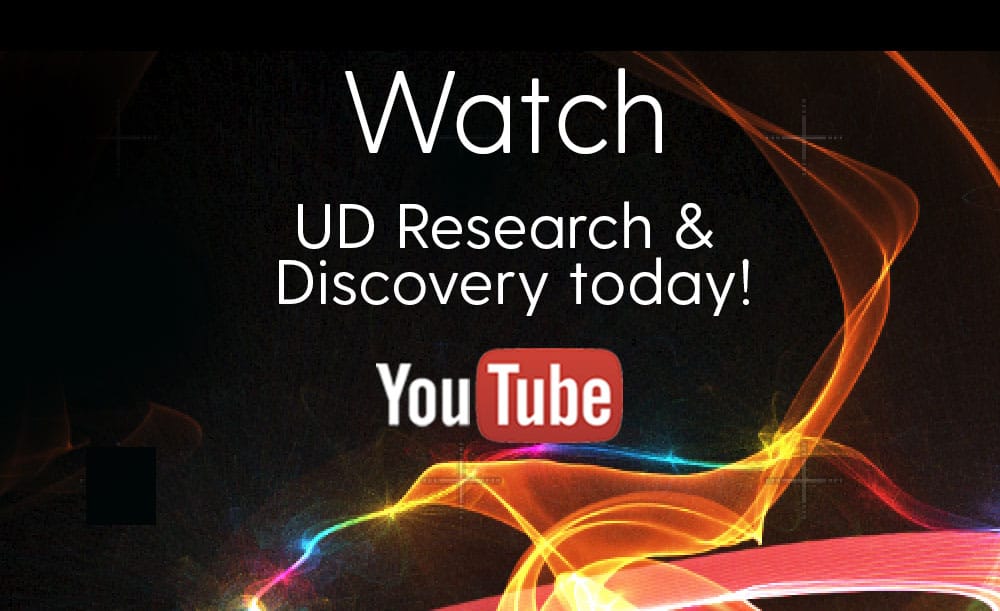RESEARCH
DISCOVERY
A Blog Devoted to UD Innovation, Excellence & Scholarship
COVID-19
Technology metals at home
Saleem Ali, the University of Delaware’s Blue and Gold Distinguished Professor of Energy and the Environment and the founding director of the Minerals, Materials and Society (MMS) Program, discussed how technology metals played a key role in allowing the switch to remote work during the COVID-19 pandemic.
Saleem Ali is the University of Delaware’s Blue and Gold Distinguished Professor of Energy and the Environment and the founding director of the Minerals, Materials and Society (MMS) Program. Ali recently produced a short, educational documentary featured on the United Nations Environment Programme’s YouTube channel highlighting the role of technology metals that allowed people around the world to switch from working in an office to working remotely during the COVID-19 pandemic. UDaily spoke with Ali about these technology metals and the role they play in helping power a remote-work world.
Q: During the COVID-19 pandemic, many professionals and students had to switch from working in an office or learning in a classroom to doing remote work. Could you talk about some of the minerals and materials that made this switch possible?
Ali: We call them technology metals, and it’s a broad range of metals. The infrastructure for the internet is made of massive cables. Some of those cables have fiber optics in them, but they also have metals. The cable itself is a composite of the fiber optics — which is essentially silicon-dioxide, glass — but they also have a lot of metal with them, mostly copper. Apart from the physical cables, you also have the servers, which is where the internet storage and processing happens. The servers have a wide range of metals and materials. They have storage devices that include, in some cases, rare earth elements like neodymium which have been used for hard drives, but they also contain the more common metals like copper, silver and tin.
Q: What about the computing devices that we use to work remotely?
Ali: That is where you have rare earth elements used. The screen of the computer has a wide range of these more exotic elements that are used. In telephones, you need certain kinds of rare earths which are used for the vibration of the phone, to make the batteries more effective. You have capacitors, which require columbium/niobium and tantalum, and you also have lithium, which is very important for the lithium-ion battery. That has revolutionized the way we have cell phones and iPads because it’s the highest density of energy you can store in a small location. Otherwise, we’d be carrying around enormous battery packs.
Q: Could you talk about the impact that working from home has had on the environment?
Ali: The material footprint of working from home is vast and often neglected. As we are thinking about reducing our carbon footprint, we often feel very smug about the fact that we are now working from home and we’re not commuting so we do not have car emissions. We have to keep in mind that all that information processing requires energy. There’s no free lunch, and we have to keep track of all that. It may well be that in many cases, working from home has a lower carbon footprint, but in other ways, a lot depends on how we manage that internet infrastructure. Where are the server farms? What’s the energy source for the server farms? Many of them have been moved to locations like Iceland because they have to be kept cold and as you process a lot of information, the servers generate a lot of heat. You have to air-condition the rooms where they are kept. They moved them to Iceland because there’s geothermal energy so you get relatively free energy compared to other sources and you also have a cold storage environment for them. There are all these very complex interactions which go into ensuring that our Zoom call is seamless and effective across the globe.
In terms of no free lunch, information itself has certain properties and in order to process information, you always dissipate energy of some kind. Thus you always have to have some kind of energy injection to process information. If you do it physically when you’re next to someone, you’ll just have the direct interaction with that person. But if you are at a distance, the only way you can process that information will require some energy. We now have much more complex ways of transmitting information, which is much more energy intensive than what was required to just pick up a phone and talk.
If you are conveying a photo image with color, you need much more energy because you are transmitting far more information. Each pixel has information in terms of what’s being transmitted. If you want to be able to communicate that information, you will have to use energy. Either you use the energy to physically move yourself or you use the energy to have a high-quality video call with each other. If you want to have a lower energy call, you pick up the phone. But that’s not as useful. It’s astonishing how we have been able to harness the elements of the earth to make our lives convenient in small ways.






